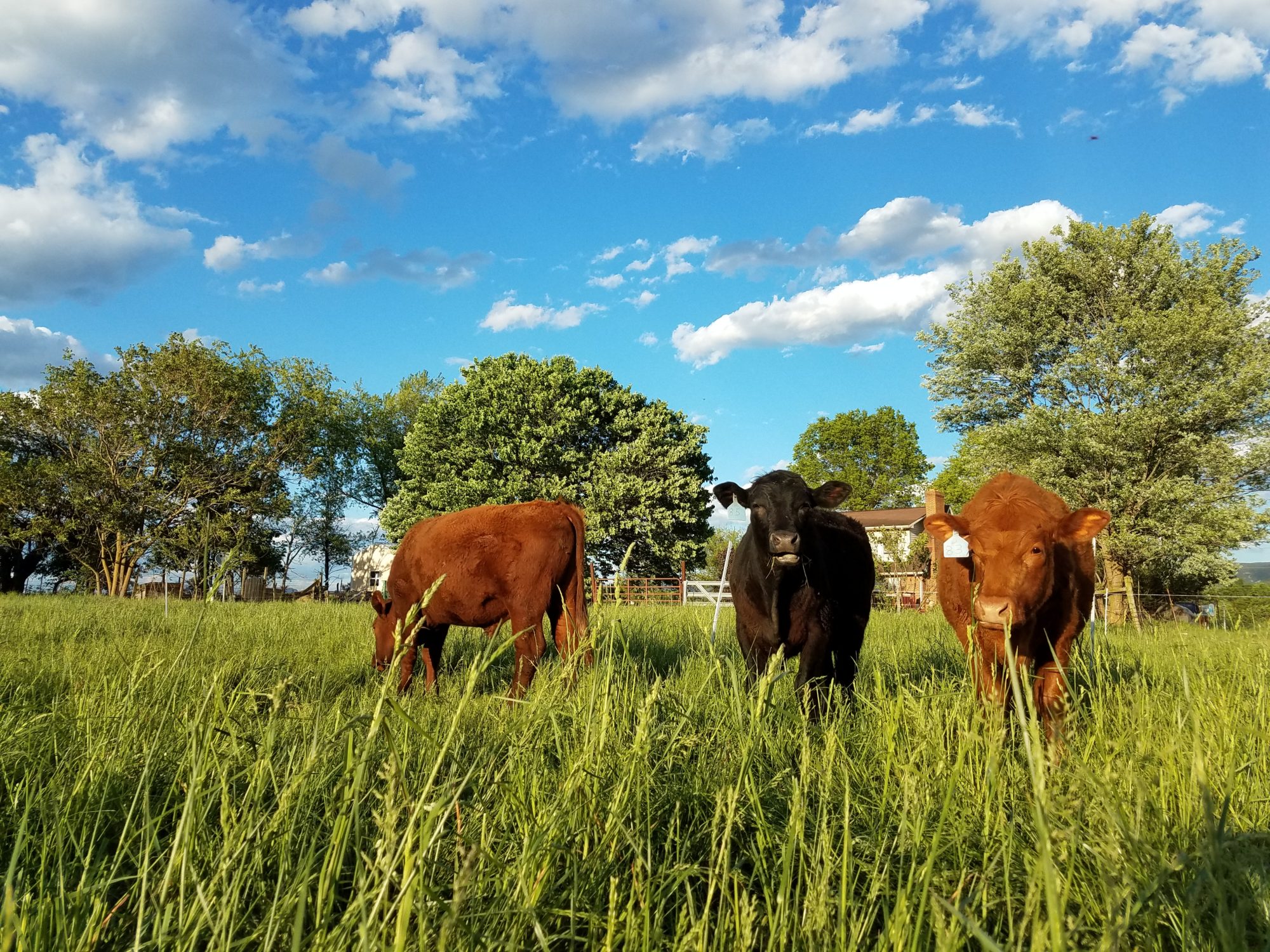I’m back with another great recipe that’s a staple for me! Ever since I started my journey of healthy, real food eating and cutting out all the junk, I really started to examine what was in all the processed items at the grocery store and trying to make my own (healthier) versions.
Enter Mayo. I love mayo, probably a little too much. But when I started looking for healthier recipes years ago, it was really hard to find a homemade mayo that tasted like what I was used to. While I’ll admit my tastes have changed over the years, growing up eating the classic store bought variety I was so used to made it a little difficult to convert. especially when my first trial and error was using the very healthy (but VERY distinct) extra virgin olive oil. The grocery store varieties usually used highly processed canola oil, and for good reason. It’s cheaply processed, and also has a mild flavor, or atleast it’s been so processed and chemically altered to make it that way.
I was learning so much about healthy fats and reading my copy of Nourishing Traditions. I was working in the industrial agriculture industry but learning everything I could about sustainable agriculture, permaculture, and pasture based principles and all things REAL & unprocessed. It was also about this time when I was finding out about all the great real food bloggers out there and went through many different recipes that they had posted on their sites. I had started using a lot of coconut oil in recipes along with olive oil, lard, and tallow. I tried recipes that used many of those healthy oils but then discovered Avocado Oil.
Avocado Oil became the solution to my Mayo “problem”. I finally found an oil that was mild enough that it didn’t overpower the recipe (ie-tasted good) AND was actually healthy. The best recipe I found came from one of my favorite real food bloggers, Nourished Kitchen. It was also super simple, and easily reproduced or even updated if I so desired (sometimes I like to add a little Dijon mustard or apple cider vinegar). It made a great base for my favorite Avocado Oil Caesar and Ranch Dressings, and it’s also just super tasty on sandwiches, burgers (especially when made with our grassfed & finished beef) or crackers and cheese.
Make sure your eggs are at room temperature. If you are using fresh eggs that haven’t been washed, you can actually leave them at room temperature for up to 2 weeks! Looking for local eggs? You can purchase our eggs online or stop by the farm and find them in the fridge!
Enjoy this recipe and let me know if you try it!

Avocado Oil Mayo
Equipment
- Food Processor
Ingredients
- 3 egg yolks at room temp, preferably from pasture raised hens
- ½ tsp fine ground unrefined salt, up to 1 tsp Celtic Sea Salt, Himalayan Pink Salt, Redmond brand Real Salt, etc
- 2 tbsp lemon juice freshly squeezed, or a real food lemon juice, like Lakewood brand Organic Pure Lemon Juice
- 1 tbsp water room temp
- 1 to 1 ½ cups Avocado Oil
Instructions
- Add the egg yolks to the food processor. Then add the salt, lemon juice, and water. It's important that all the ingredients, but the eggs in particular, are at room temperature.
- Put the lid on your food processor, then pulse several times to combine. I usually check it, lift the blade out and scrape the yolk that usually gets stuck under there to make sure everything gets combined evenly.
- Turn the processor on, and slowly add the avocado oil. I usually fill the middle of my Cuisinart 14 cup food processor's small feed tube once, let it drip into and combine with the egg yolks completely before adding more. Add oil into the mixture slowly, up to 1.5 cups until all the oil is combined to your preferred consistency. Usually around halfway through or near the end when I begin to hear a "slapping sound" I stop the processor, take the lid off and scrape the bottom to make sure there's not egg yolk still sitting at the bottom.
- Once the mayo is at your preferred consistency, use a spatula to put in a glass mason jar for storage in the refrigerator.























